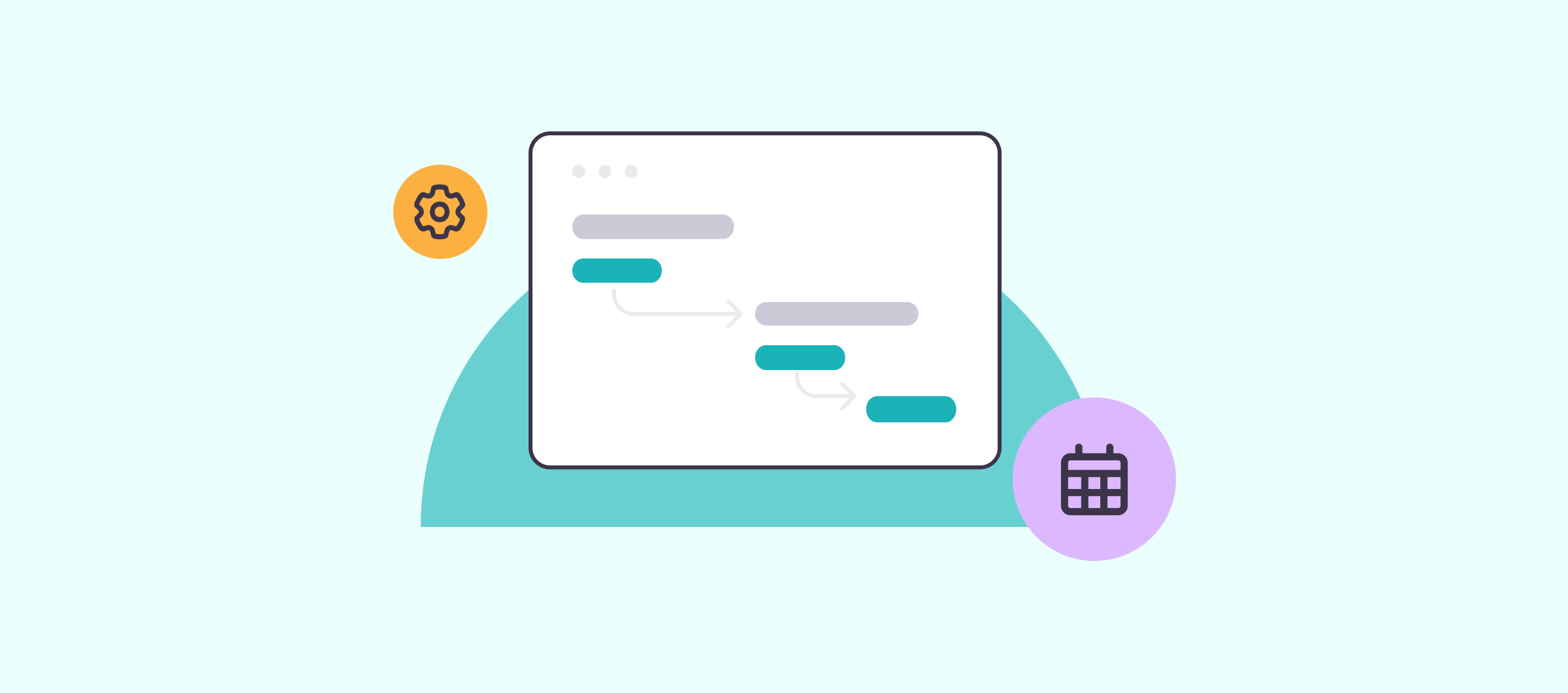How To Perform Website Maintenance: A Small Business Guide
January 31, 2023 6 min read

As a business owner, maintaining your website is just as important as maintaining your books. That’s because a well-functioning website is essential to the customer experience — and to securing new leads and customers.
Website maintenance serves a number of key purposes. For starters, it helps ensure that your site is safe and secure and that you’re not accidentally leaving the door open for data breaches or hackers. It’s also critical to how your site operates, with regular updates and audits necessary for making sure that you’re running at full speed and with optimal protocols.
Slow, buggy, and non-secure websites are hugely detrimental to your SEO and your ability to grow as a business. Your website is an extension of your small business brand. It can take years for a small business to build adequate brand awareness, and the last thing you want is a slow loading or poorly constructed website setting you back. It is better to opt for such hosting or a cloud VPS hosting that is suited to your business. Performing regular maintenance will allow you to identify any problems in their earliest stages, as well as avoid some of the common website pitfalls that can hold back your brand’s success.
So how do you do it? Here are the five steps to follow when you want to perform routine website maintenance.
1. Backup Your Site
Before you start tweaking your site, make a backup of it in its current condition so that if you inadvertently make a mistake, you’ll have a reliable copy to fall back on. This often-overlooked step is key to performing any sort of website maintenance and is good practice for any business that can’t afford any major site-based hiccups (so: everyone).
The general rule of thumb is to keep at least three backups of your site in three different places. You can store your backups on CDs/DVDs or drives. Having your website backed up in three different places saves you when one or two of your backups get corrupted.
No need to Google “How to backup my website.” Whatever content management system or website builder you’re using should provide you with an option to easily backup your site before doing any routine maintenance.
2. Check for Updates
Website hosting services regularly put out updates, but it’s easy to miss them when you’re trying to juggle an already overcrowded inbox and to-do list. These updates can be crucial for things like site security and function, so it’s important to be on the lookout for them and not get too far behind.
After installing each update, play around on your site for a couple of minutes to make sure nothing has been disrupted. And if it has, return to your back up — and be thankful you have it.
It’s also important to note if any of your web hosting updates could potentially affect your customers. If you operate a SaaS site or an eCommerce site, make sure you look into these updates for any potential hurdles they could create for your users or customers and alert them ahead of time. Or, run these updates at times when your site has the most downtime. Updating and avoiding downtime will be much easier if you pick a reputable hosting provider in the first place, like NameHero. It’s also a good idea to pick a package from a host that includes comprehensive support should anything go wrong.
3. Dig Into the Analytics
Great design and punchy content don’t count for much if your website fails to help you achieve your core KPIs. That’s why we recommend taking a deep dive into your analytics page to examine various engagement metrics. If you’re noticing any negative patterns, like certain pages are seeing a decent amount of traffic, but there are no conversions, or the average time on page is low, it could mean that something is wrong with your site. Or, it could indicate that there’s something wrong with the user experience you’re offering.
Checking your analytics is a good initial step to take when figuring out which pages need to be optimized. We don’t recommend updating your pages based on your analytics results alone. However, looking at how your pages are performing on the back-end can help you identify which pages to look into more closely.
If you’re using Google Analytics, make sure you set up views and filters to help you prioritize what to track so you can take in this information in a more digestible way. You can also customize your reports, so they track exactly what you are looking for based on your goals.
4. Don’t Neglect Your Content
When you’re looking into your site for areas that need updating, make sure you also look into your content. If you’ve been creating blog content for a while, there’s a pretty good chance you have outdated articles that need to be tweaked. You may also have some redundancies, which could be causing internal content competition and negatively affecting your SEO.
It’s not enough to be creating content that feeds your audience’s needs; you have to be looking at all your previously published content to ensure it’s still valuable. Performing a routine content refresh will help you maintain high-quality, helpful content on your website, which will in-turn feed your nurture campaigns and can ultimately improve your conversions.
Doing a content audit can be overwhelming. But, it helps to draw out a plan so you and your team can easily stick to a process and see results.
- Prioritize. Identify your high-traffic and high-priority pages first.
- Use tools. We use Content King because it lists out each page, along with its level of importance, overall health, and specific errors that need correcting. We also recommend checking out ClickFlow. They have a content decay feature so you can address pages on your site that used to experience high-traffic but have since decreased.
- Keep, combine, kill. Identify which pages make sense to delete all together (make sure you’re not linking to them in other pieces of content), keep as-is, or which should be combined into one post. The latter will help reduce any internal competition as well as ensure stale content is updated.
5. Use Your Site as a Customer Would
This step is the crux of what website maintenance is all about. Since you want to optimize the user experience as much as possible, you have to think and behave like a user, navigating your site as a customer would so that you can identify any hurdles that may be standing in the way of a sale.
Test out any forms that live on your site, and check every single internal and external link to make sure you’re not leading your users to the dreaded “404 Not Found” page. Once you’ve done this cursory audit, revisit your homepage and test drive the start-to-finish experience for your main conversion metrics, whether that’s sales, demo requests, or some other distinct action. Is the process intuitive? Is it too complicated? Are you failing to provide the right type or amount of information? By looking at your website from a user’s perspective, you allow yourself to identify problems that might be otherwise invisible — and give yourself a leg-up in getting ahead of them.
6. Perform Formal Usability Testing
You won’t need to do this as part of your monthly or quarterly maintenance schedule, but do make sure that you perform complete usability testing once a year. This should preferably be overseen by people who are unaffiliated with your brand, as there’s nothing like a second set of eyes for catching glaring issues that you may have overlooked.
By bringing in real users and having them navigate your site, you open yourself up to gathering a ton of data on what’s working and what’s not. In addition to testing for general usability, make sure that you also test for accessibility. One in four U.S. adults has a disability, and you want to make sure that your site is as usable for them as it is for the other 75 percent.
Website maintenance takes work, and it can feel like one of those tasks that are out of your wheelhouse. But putting in the effort and getting up to speed on how to perform website maintenance results in a more visible site to potential customers and an overall elevated brand message. Prioritize website maintenance, and you’ll guarantee you have a site that not only performs better but that offers a fully optimized experience for users.
Benchmark Recommends
See all articles
What Busy Marketers Can Learn from 3-Minute Emails (and Why Less Is More in 2026)
The 30-Minute Weekly Marketing Audit: How to Stay on Top with Minimal Time
The Email Marketing Terms You Need to Know
A powerfully simple email marketing platform
Sign up for free to see how effortless email marketing can be.
Our Company
Compare
Solutions
Compare
Account
© Polaris Software, LLC Benchmark Email® is a registered trademark of Polaris Software, LLC
© Polaris Software, LLC
Benchmark Email® is a registered trademark of Polaris Software, LLC


